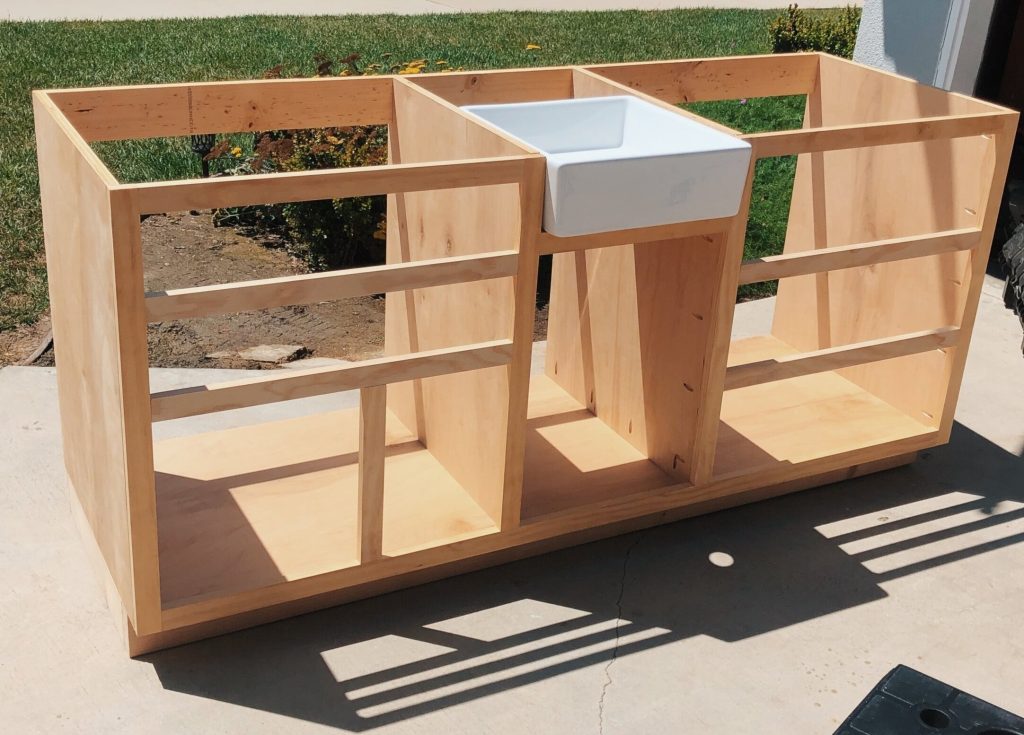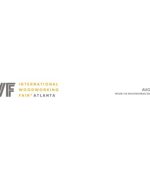Revolutionizing Cabinet Manufacturing
The Role of Plywood in Customizable Cabinetry
In the cabinet manufacturing industry, the demand for both American-style and European-style cabinets continues to grow. However, the rising labor costs and skilled labor shortages in the United States pose significant challenges for manufacturers. A promising solution lies in utilizing plywood for the internal framework of cabinets while offering flexibility in materials and finishes for cabinet doors and drawer fronts. This approach not only addresses labor concerns but also enhances customization options for consumers.

Plywood: The Backbone of Cabinetry
Plywood, with its strength, durability, and cost-effectiveness, is an ideal material for the internal framework of cabinets. It offers stability and support, ensuring that cabinets maintain their structural integrity over time. By using plywood for the internal framework, manufacturers can streamline the production process and reduce costs, without compromising on quality.
The versatility of plywood allows it to be pre-cut, slotted, drilled, and even mortised in Southeast Asian manufacturing facilities, where labor is more affordable. These pre-fabricated components can then be shipped to the U.S., ready to be assembled into cabinet frames with minimal labor required on-site. This method significantly reduces the need for skilled carpenters, making the assembly process as simple as piecing together a LEGO set.
Customization with Diverse Materials and Finishes
While plywood forms the sturdy backbone of the cabinets, the exterior—such as cabinet doors and drawer fronts—can be crafted from various materials to meet aesthetic preferences. Whether consumers desire the classic elegance of American-style cabinets with solid wood doors or the sleek, modern lines of European-style cabinets with high-gloss finishes, the possibilities are endless.
Manufacturers can offer a wide range of materials, including solid wood, MDF with veneer, thermofoil, or high-pressure laminates (HPL), allowing customers to choose the style that best suits their tastes and home decor. This combination of a plywood framework with diverse door and drawer front options provides a customizable solution that appeals to a broad market.
Benefits to the Industry and Consumers
For cabinet manufacturers, this approach offers several advantages. By outsourcing the labor-intensive processes to Southeast Asia, companies can focus on the design, customization, and final assembly of cabinets, reducing the burden on their workforce. The flexibility in materials also allows manufacturers to cater to different market segments, from high-end custom kitchens to more budget-friendly options.
For consumers, the benefits are clear. They receive high-quality cabinets that are durable and customizable to their specific needs and style preferences. The use of pre-fabricated plywood components ensures that cabinets are easy to assemble, reducing installation time and costs. This convenience, coupled with the ability to choose from various finishes and materials, provides consumers with a functional and aesthetically pleasing product.
Conclusion: A Winning Formula for Modern Cabinetry
By leveraging plywood for the internal framework of cabinets and offering customizable exterior finishes, the cabinet manufacturing industry can address key challenges while meeting consumer demands for quality and customization. This approach streamlines production, reduces costs, and simplifies the assembly process, making it a win-win for both manufacturers and consumers.
As the industry continues to evolve, this model of combining robust plywood frameworks with versatile design options stands out as a forward-thinking solution that enhances both efficiency and customer satisfaction.



